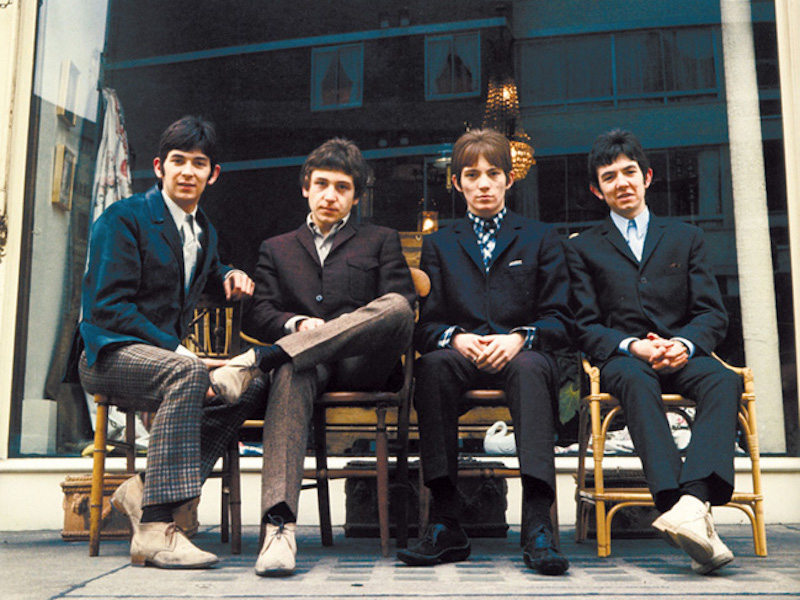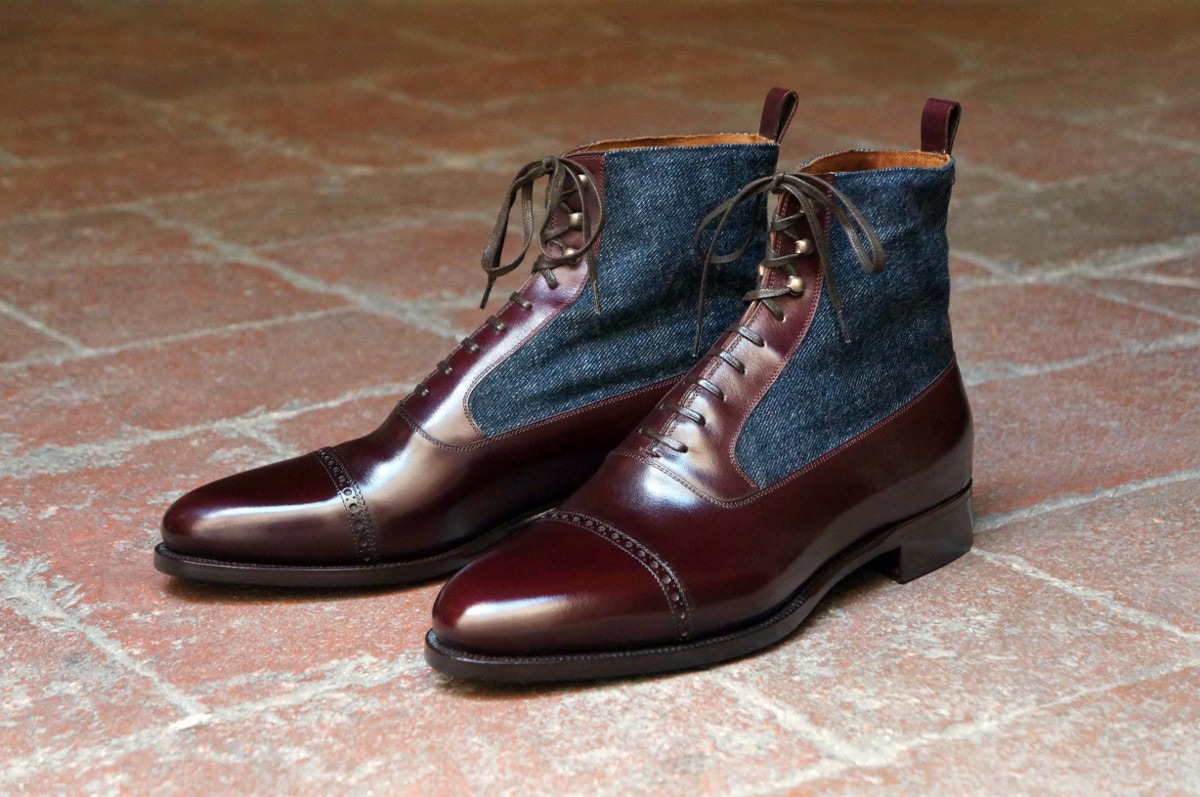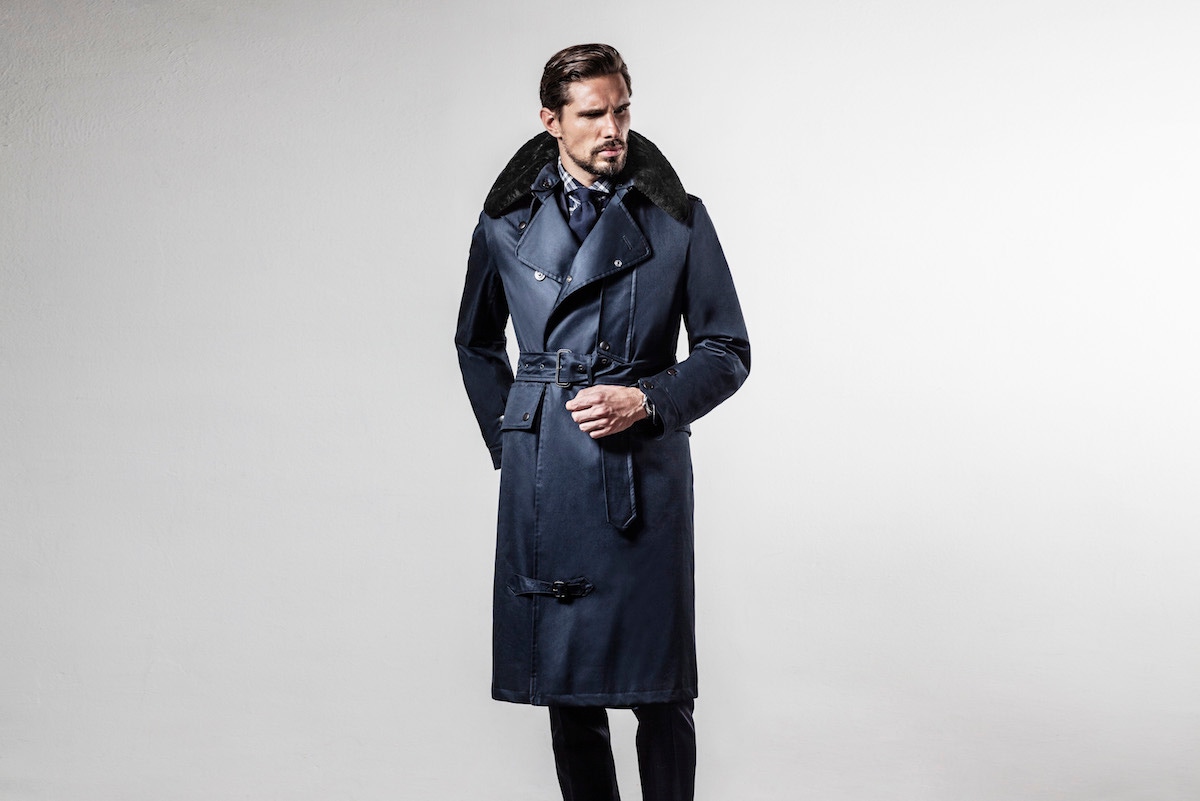Five Core Boot Styles

Boots come with connotations: military, biker, skinhead, musician, manual worker, ranch hand – all of which are pastimes that require some element of activity and as such, boots that are hard-wearing and robust. But they come in many forms, and can be as sharp a style as the most formal of shoes, yet with more presence – wear with tailoring and give your suit an instant edge à la Tommy Shelby. Whether you’re after a rough-and-ready workwear staple or a silky smooth dress boot, here are the styles you need on your radar for winter and beyond.
Video by Marcus Ebanks


Chelsea Boots
A good in-between boot is the Chelsea. Another style named after a location of England – this time the affluent area of west London which was said to give the style its name in the 1950s and '60s – the Chelsea is sleek, close-fitting and is defined by its elasticated side panel. It was said that Queen Victoria’s very own shoemaker originally created the design, which was favoured by the trendsetting monarch on long walks and horse rides, giving the style an early association with all things equestrian. The perception of Chelsea boots was forever altered, though, in the aforementioned post-WWII period, when London youths yearning for change saw their heroes wear them on stage: The Beatles, The Rolling Stones, Jimi Hendrix, Bob Dylan and many others took to the style. Today, the Chelsea is a versatile design that wears equally well with tailoring and casualwear.

Chukka Boots
On the more casual end of the spectrum is the chukka boot. Usually made from unlined suede or soft, waxed leather, chukkas come on single leather or rubber soles – crepe soled versions are known as desert boots – and feature a maximum of three lacing eyelets. They’re an off duty staple, although despite many traditionalists telling you otherwise, chukka boots make an excellent accompaniment to tailoring. Ensure your trousers are cut slightly shorter than usual and with a taper so that the hems gently sit on top of them, rather than overwhelm them with unsightly folds of fabric. Italian shoemaker Stefano Bemer has created an exemplary version in suede complete with a lean, flowing silhouette, subtle leather piping on the two quarters and an almond-shaped toe.

Ensure your trousers are cut slightly shorter than usual and with a taper so that the hems gently sit on top of them, rather than overwhelm them with unsightly folds of fabric. Italian shoemaker Stefano Bemer has created an exemplary version in suede complete with a lean, flowing silhouette, subtle leather piping on the two quarters and an almond-shaped toe.
Derby Boots
How do you define a Derby boot or shoe? Quite simply, its shoelace eyelets are stitched on top of the vamp. The Derby is the most common form of boot, with most classic shoemakers producing their own take. Amongst the most wearable style is the toe cap Derby, which is generally simple in design and features little to no broguing. Such a design wouldn’t be too different from those worn by soldiers in the British and US armies during WWII, especially if it features speed hooks, which supposedly allow for quicker lacing if you’re in a hurry.

Military Boots
Fierce development and a need for hard-wearing, usable clothing ensured the Second World War gave birth to a number of well designed garments, many of which are still worn today. Whilst boots weren’t invented for the war effort, the fighting resulted in some developments on existing styles, which made military issued boots even more practical. One such change came about with the US Army’s introduction of the M-1943 Combat Boot, which featured large twin buckles at the ankle for added security and reassurance as trouser legs could be comfortably tucked in. Whilst hardly practical for everyday wear in this extreme form, British shoemaker Edward Green took inspiration from them with its Kentmere model, creating a more refined version complete with smaller buckles that offer a secure fit whilst protecting the laces at the top of the ankle. Crafted from Utah Delapré leather – with a soft waxed finish – the Kentmere comes with a storm welt and a chunky rubber sole, making them virtually indestructible. They'll pair best with denim jeans and an equally robust overcoat.






